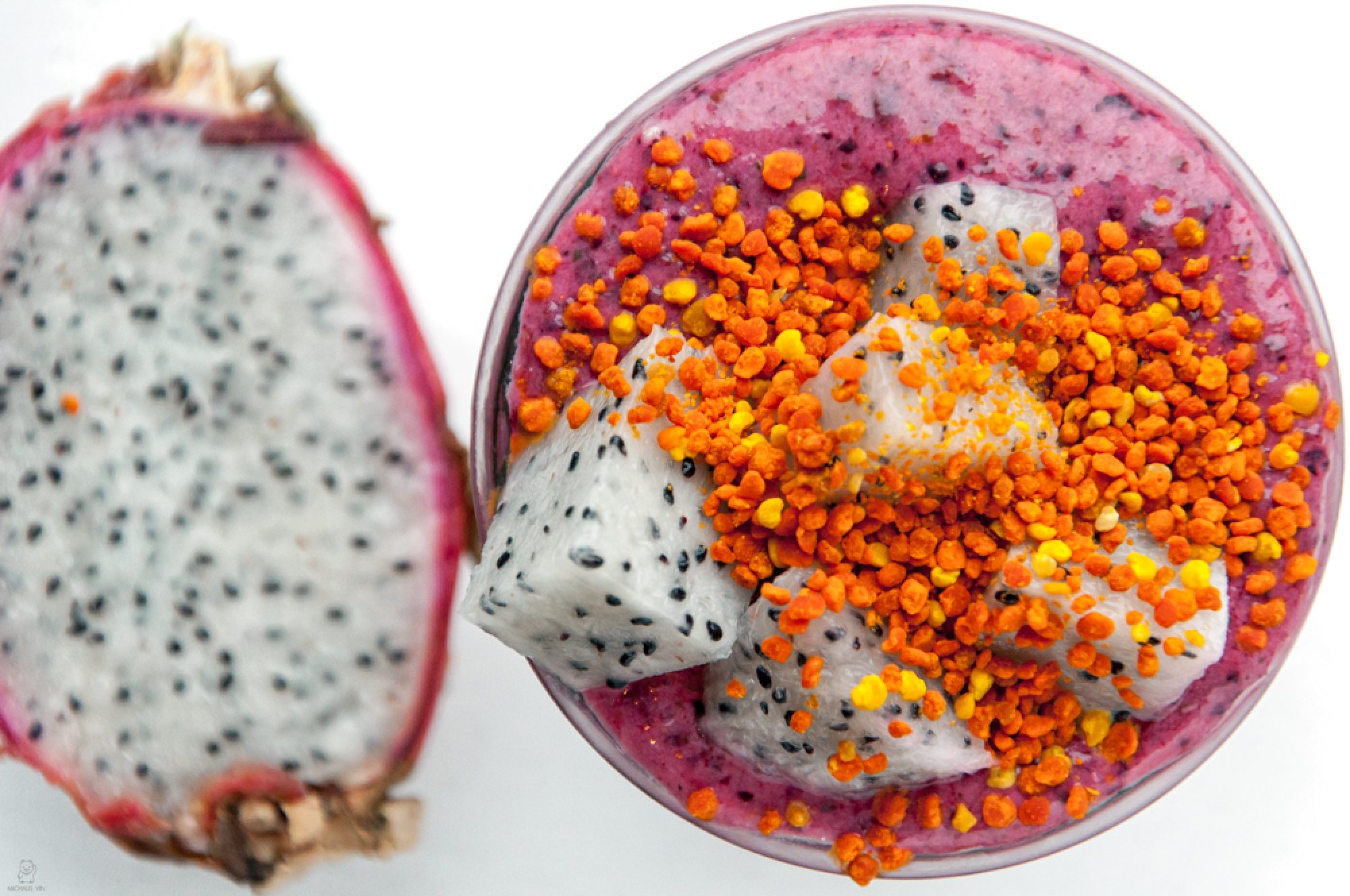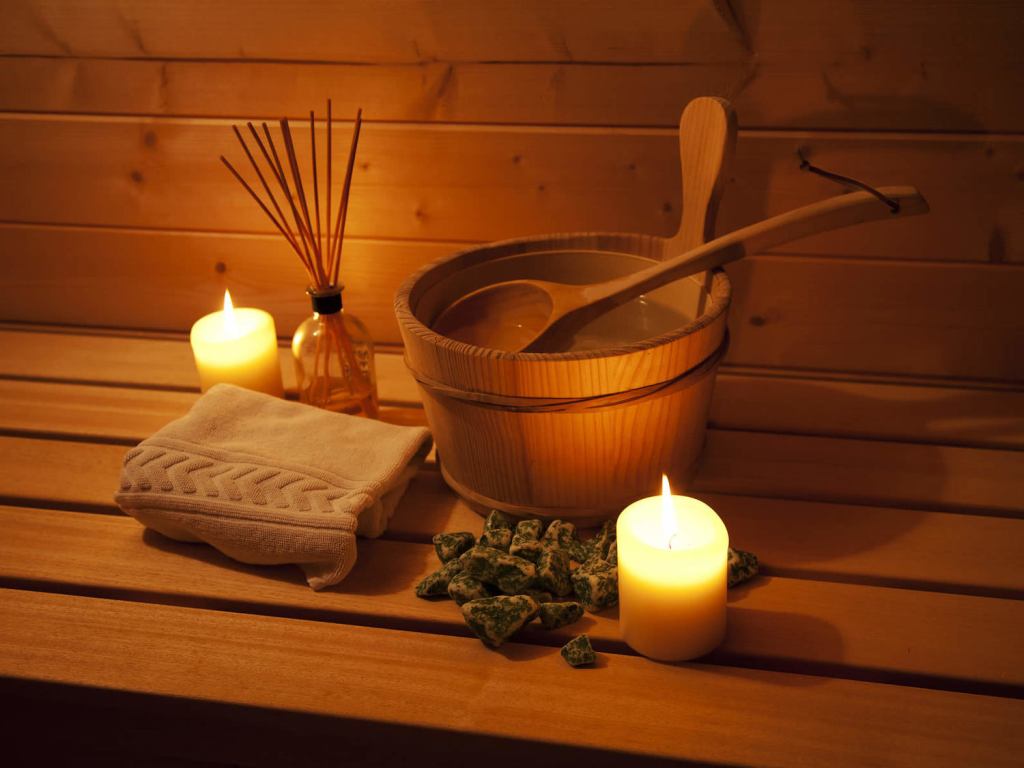I’ve wanted some time now to write a post about gut health, probiotics and prebiotics so this sauerkraut recipe is the perfect excuse!
I am sure you’ve all heard or read somewhere about the gut microbiome and its importance to health, not only our physical but our mental one too, as it has been shown that even mental disorders like schizophrenia have their roots in the gut microbiome. However, the systems most affected by gut health is our immune system and the digestive, by aiding digestion and absorption of food nutrients. So, our microbiome is a miraculous habitat of billions of bacteria that live in our gut. It is believed that our gut bacteria are more than our body tissue cells, so you can now see how important the gut is for health. I’ve seen again and again in clinics a compromised gut microbiome being the route cause of so many disorders, and it is by far the number one system that a nutritional therapist will aim to rebalance. To set things clear, not all bacteria are bad bacteria, there are good bacteria too, and the balance between the two is the secret to good health. The easiest way to explain this is the following: imagine you gut being a huge parking space, with lots of spaces for bacteria (i.e. The cars) to park. If there are enough good bacteria parked in your gut there will be fewer spaces for the bad bacteria, which leads to fewer diseases.
We inherit our microbiome from our mums when we are born as we take, if born naturally, all the bacteria that inhabit our mother’s birth canal. We also take a huge number of our microbiome from maternal milk, if breastfed. As both of those factors tend to be rare nowadays, you can imagine how compromised our microbiome is. Hence it is crucial to rebalance through our food choices.
The overuse of antibiotics, despite the fact that they do save lives, which is so popular nowadays, is another factor that hugely compromises the gut microbiome, since they indiscriminately kill both good and bad bacteria.
Luckily there are many things we can do to rebalance our gut flora, both through foods and supplementation.
Probiotics are those substances that contain billions of live microorganisms that mimic the good gut bacteria and have similar functions. Therefore, by taking a good probiotic supplement or eating probiotic foods, we can offer our gut the much-needed good bacteria. Some of the most common strains of probiotics are lactobacilli and bifidobacterial.
We can also find these probiotics in foods that have been naturally fermented, fermentation is a natural process that triggers chemical changes in an organic substance, mainly a carbohydrate, through bacteria or fungi. This is how probiotic foods get their characteristic sour taste. Fermentation is a really old process, used for centuries for preservation of foods during winter, very popular in the northern countries. The most common probiotic foods are yoghurt or kefir (which is mainly fermented milk), kombutsa (a type of fermented tea), sauerkraut (fermented cabbage), non pasteurised pickles, and quite a few Japanese products made from fermented soya beans like tofu, natto, tempeh and kimchi, the Korean sauerkraut. All these foods are rich in probiotics, and should be consumed on a regular basis for their good bacteria. If however you have been treated with many courses of antibiotics recently or you have signs of a dysbiosis, I would recommend a course of a high strength probiotic which will rebalance the gut flora more quickly. I recommend mainly two brands to my clinics, Symprove to those clients that have absorption issues and its liquid format would work better and Megasporebiotics.
When choosing a probiotic, it is very important to look at the number (usually billions and the more the better) and variety of their strains and also the absorption. Its best to go for a reputable company who has evidence on the absorption of their strains, as some times probiotics may be killed by stomach acid and not reach the gut.
Perfect, so you overdose on sauerkraut and also take a probiotic supplement… gut health, check! But NO my friends, supporting your gut flora does not stop there. Prebiotics are equally important as probiotics for our microbiome. Prebiotics are those substances that feed all of those good bacterial that you transferred in your gut. Think of them as soil for your probiotics. And when it comes to prebiotics the answer is in fibre, fibre rich food are the best prebiotics. Some really rich in prebiotics foods are asparagus, onions, garlic, leeks, Jerusalem artichokes, bananas, apples, oats, flaxseeds, maple syrup and many more that you surely be consuming in large quantities if you follow my blog recipes and consume the 6 veggies a day, I’ve been preaching about.
So lets move into trying to make probiotic foods at home. I started my fermentation journey with sauerkraut, which as I read is “fermentation for beginners” and super easy to make. I also though that I would consume it quite often in my salads and buddha bowls.
It was indeed very easy to make and quite tasty if you enjoy sour foods. The fermentations happen with salt and found the process fascinating as I observed this biology experiment taking place on my kitchen bank. Ok I didn’t see any smoke coming out but I did observe some bubbles.
You only need a large mason jar with a lid, that you have thoroughly sterilised ( I find the easiest way to do this is to wash in the dishwasher and let the hot air do the sterilisation) and a big stone or something heavy that fits in the jar to sit on top of the cabbage so it can sink in the salted liquids for the fermentation. Apart from these you only need cabbage and salt.
Ingredients
- Half a head of cabbage (I used purple ones as it has more antioxidant anthocyanins, but you could also use white cabbage.
- 2 tsp of salt
Preparation
- Shred the cabbage thinly
- Place in a big bowl the shredded cabbage and the salt and massage for 10 mins with clean hands (I used latex gloves), until the cabbage starts getting softer, shrinking and releasing liquids. Keep on massaging until you see the liquids.
- Place the cabbage and the liquid in the sterilised mason jar. Use a tablespoon to press the cabbage firmly and make sure that it is covered well with the liquid. If there is not enough water you can add 1 or 2 tablespoons filtered water.
- Place something heavy (a pebble or stone for example) in a polybag and sit it on top of the cabbage to further apply pressure and let it sink in the liquid.
- Close the lid and leave at a spot with limited sun exposure. The ideal temperature for the fermentation to take place is 19 degrees (lovely British summer)
- Leave on room temperature for 10-14 days to complete the fermentation. You can open and try with a fork and when it reaches the sourness of your liking you can transfer into the fridge. You can keep it in the fridge for months.
- We put a pebble or something that weighs (put your weight in a polybag so that it does not carry germs) over the cabbage so that it sits long enough and is always below the liquid level.
- I use it in sandwiches, on top of salads and to add colour and probiotics in my buddha bowls.







